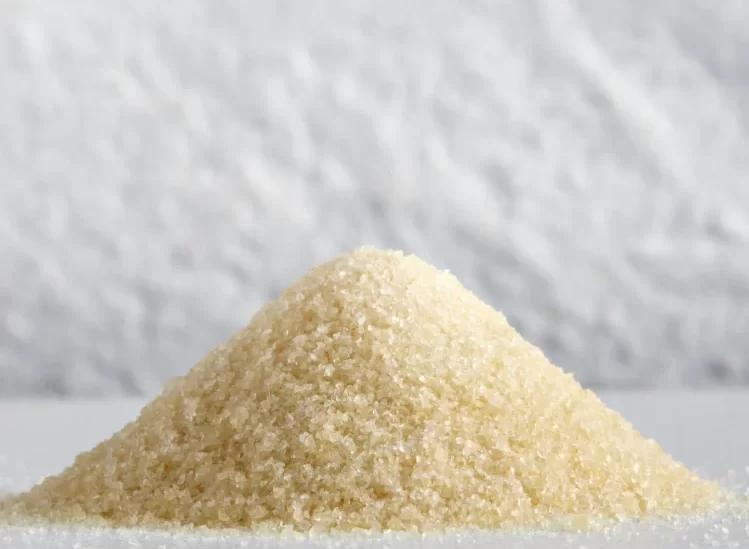Address
1203-1, No. 597 Sishuidao, Huli District, Xiamen 361016 China
Tel:
(+86)592-5627447

Gelatin is derived from collagen and is obtained through the partial hydrolysis of collagen found in animal skin, white connective tissues, and bones. It is sourced from fish, cattle, pigs, and poultry—there are no plant-based origins. Contrary to popular belief, gelatin is chemically unrelated to algae-based extracts often marketed as “plant gelatin.”
Gelatin is derived from collagen and is obtained through the partial hydrolysis of collagen found in animal skin, white connective tissues, and bones. It is sourced from fish, cattle, pigs, and poultry—there are no plant-based origins. Contrary to popular belief, gelatin is chemically unrelated to algae-based extracts often marketed as “plant gelatin.”
Currently, there are two primary methods for commercial gelatin production:
The key raw materials for gelatin production not only include cattle bones, cattle hides, and pig skins, but poultry and fish can also be used.
Before extraction, impurities must be removed from raw materials:
Cattle bones undergo washing, defatting, drying, sorting, and crushing into 1–2 cm pieces. These fragments are then treated with dilute hydrochloric acid to remove mineral salts, resulting in a spongy substance known as Ossein.
Cattle hides come from leather trimmings at factories or slaughterhouses. They are chemically dehaired using a lime/sulfide solution and mechanically processed to obtain purified collagen.
Pig skins are sourced from slaughterhouses or meat processing plants, either fresh or frozen, with fat, meat, and hair already removed. Dehairing is typically done by scalding in a dilute hot caustic soda solution.
Pig skins, sourced fresh or frozen from slaughterhouses and meat processing facilities, must first be washed with cold water to remove residual salts and soluble proteins. The cleaned skins are then soaked in a dilute inorganic acid—commonly hydrochloric or sulfuric acid—at low temperature (10–20 °C) for 12–24 hours to allow complete swelling. After acid swelling, excess acid is drained, and the skins are rinsed repeatedly with cold water until neutrality is reached. Gelatin extraction is then carried out by heating the acid-swollen skins in water at 45–55 °C for 3–5 hours. This first extraction yields high-molecular-weight gelatin with superior gel strength and light color.
Bone collagen (ossein) and dehaired cattle hides are combined and subjected to liming at ambient temperature for 8–12 weeks. The liming bath consists of an excess of calcium hydroxide in water, with additional lime added periodically to maintain an alkaline pH of 12–13. During this period, collagen undergoes deamination and partial denaturation, releasing ammonia gas. Progress is monitored by periodic acid-base titration of the liming liquor or by small-scale gelatin test extractions. Upon completion, the limed material is washed thoroughly with cold water to remove residual calcium hydroxide, then acid-conditioned to pH 5–6 before extraction. Extraction is performed in three sequential steps at increasing temperatures (50 °C, 60 °C, and 70–80 °C), each lasting 2–4 hours. The first extraction fraction offers higher viscosity and gel strength, while later fractions yield lower-quality gelatin.
Critical parameters such as pH, extraction temperature, and duration must be tightly controlled to ensure batch-to-batch consistency. Typical control measures include:
Dried gelatin sheets or strands are milled using hammer mills or pin mills to achieve the desired particle size. Sieving ensures uniform granule distribution. Final product is sampled for moisture (target 10 ± 2 %), Bloom strength, viscosity, ash content, and microbial limits. Packaged gelatin is stored in moisture-proof containers under cool, dry conditions until dispatch.
